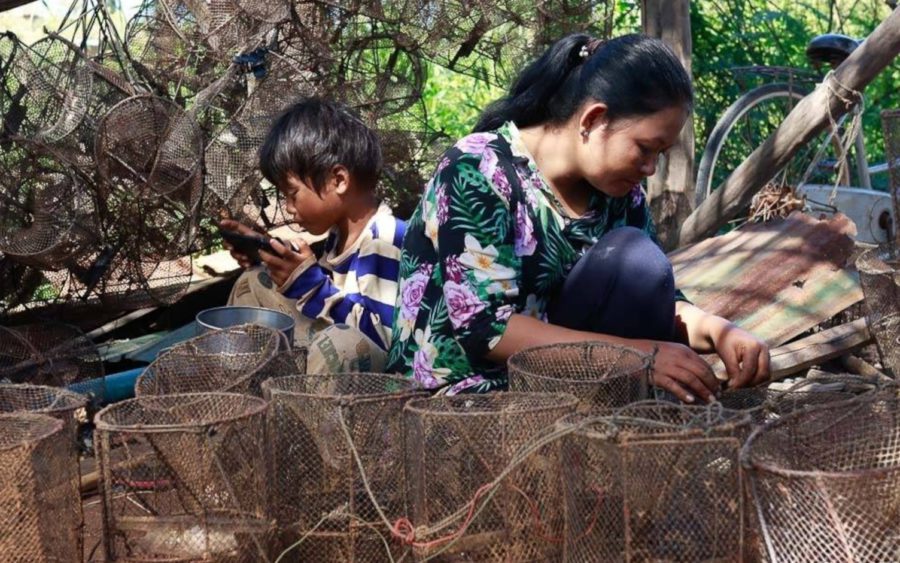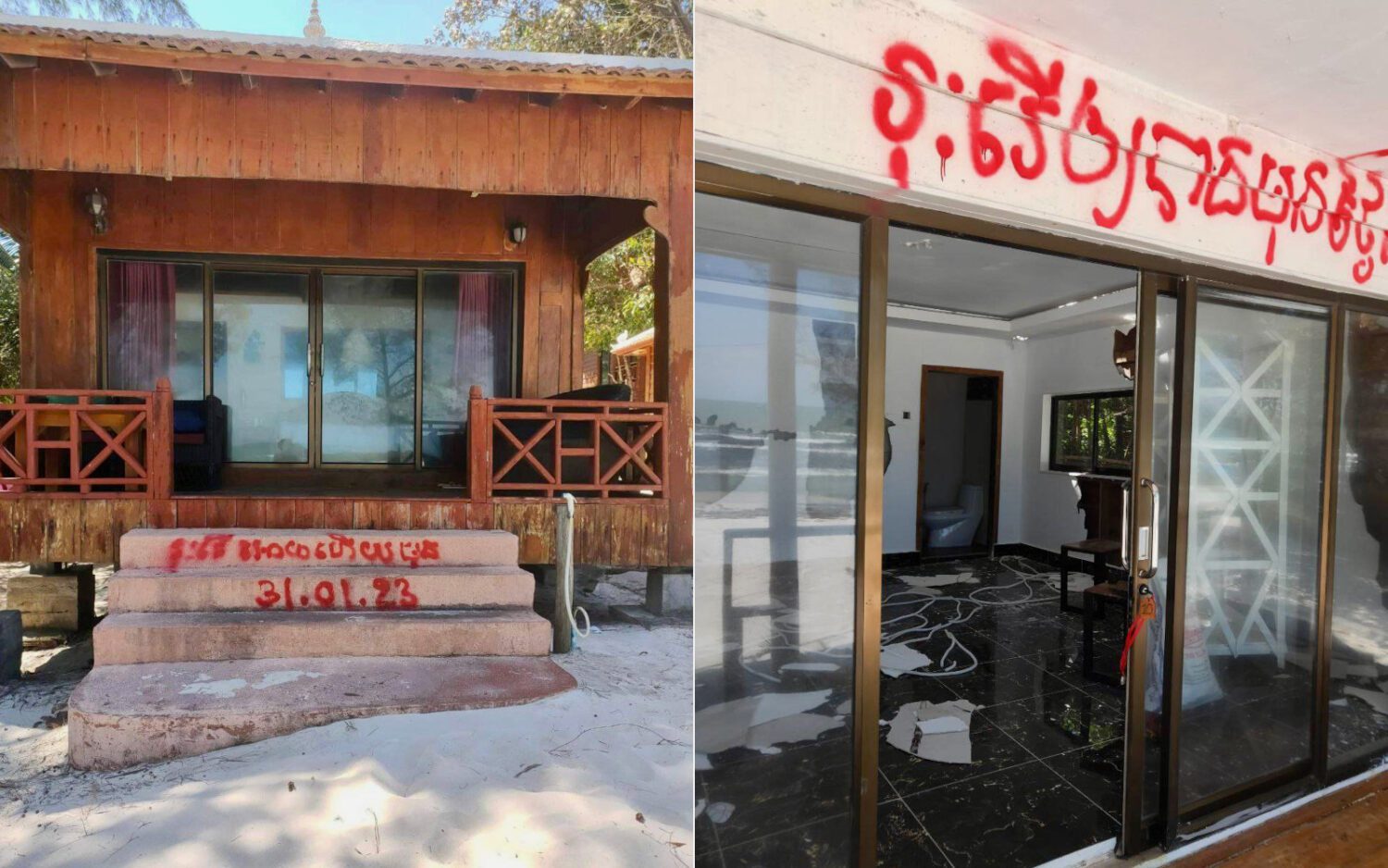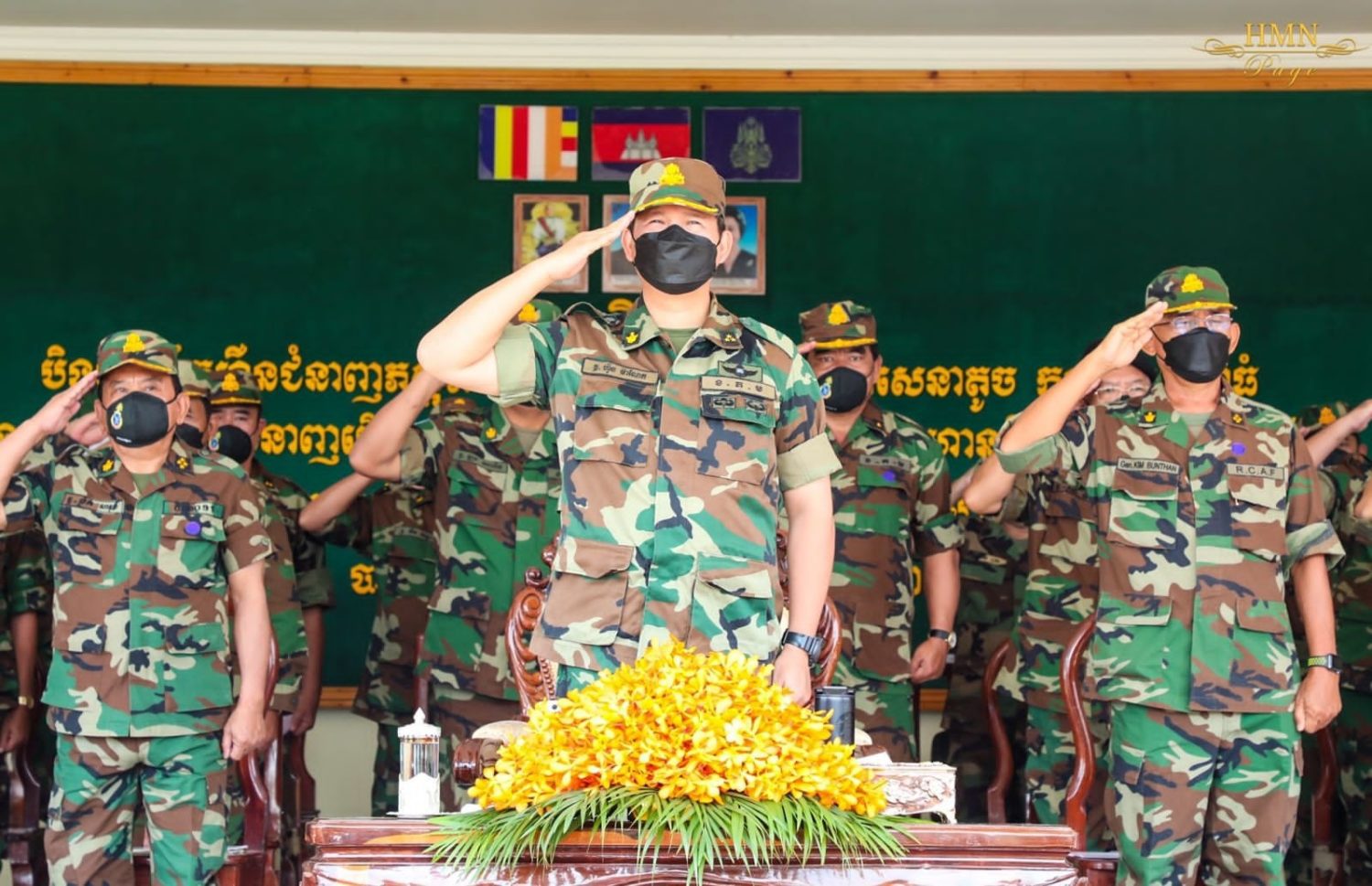The Tonle Sap’s water levels are low in Siem Reap’s Kampong Phluk commune. Villagers’ boats lie on the banks near the murky and muddy waters of the critical lake. Siem Huot looks out at the waters of the lake ruing the lack of rain this year.
The 43-year-old fisher has fished the waters of the lake for 30 years but for the last two years the low water levels have made his and other fishers’ lives difficult. They rely largely on the lake for their livelihoods.
“We do not grow many crops. Without rain, we have faced difficulties from the lack of fish,” he said.
Kampong Phluk is around 30 km from Siem Reap town, and the three villages in the commune are popular tourist destinations. The community, around 1,000-families strong, rely primarily on fishing and on some tourism revenue and animal husbandry.
The lake and the now-dwindling flooded forests around it provided fishers with ample fish stocks. However, climate change and dam construction along the Mekong River are having disastrous effects on the health of the lake.
The U.S.-based Stimson Center says restricted water flow from upstream dams caused severe wet-season drought in the lower Mekong basin in 2019, affecting levels of the Mekong, which in turn results in low water levels in the Tonle Sap which relies on seasonal flows from the river. Water levels on the Tonle Sap river in Kandal’s Prek Kdam feeding into the lake are currently at a record low, according to the Mekong River Commission.
Where once the wet season brought floods to the region — which would deposit rich sediment in the flood plains that aided farmers — Huot said villagers might soon have to buy drinking water as wells run dry.
“If there is no rain and water from the wells, we have to buy from others to drink,” he said. “When there is a lack of clean water, it is much more difficult than we can describe.”
Huot’s experience reflects what fishers and communities living along the Tonle Sap have been saying for the past few years — low water levels are seriously affecting their way of life.
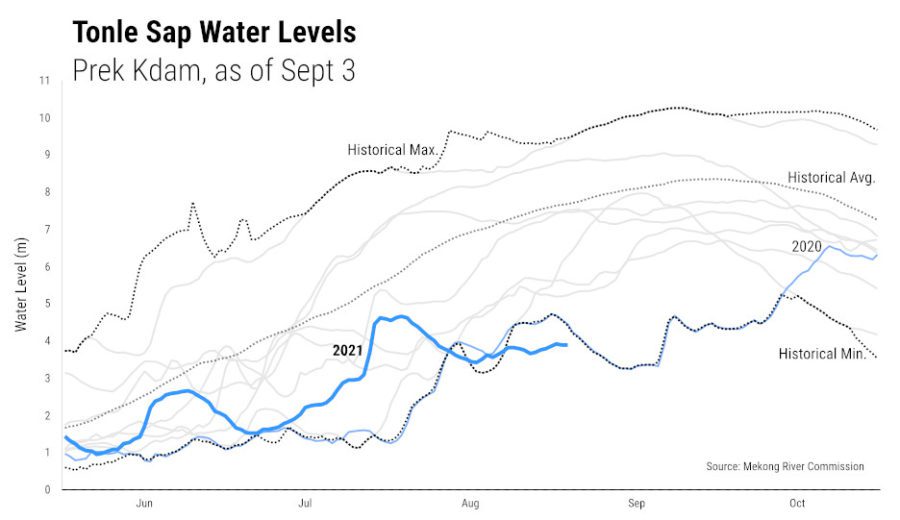
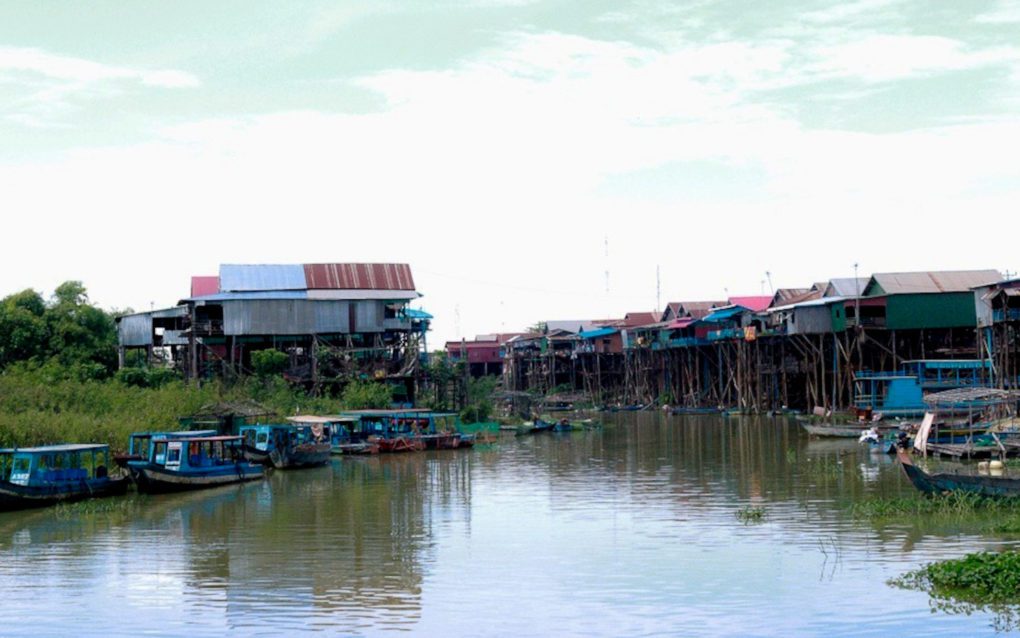
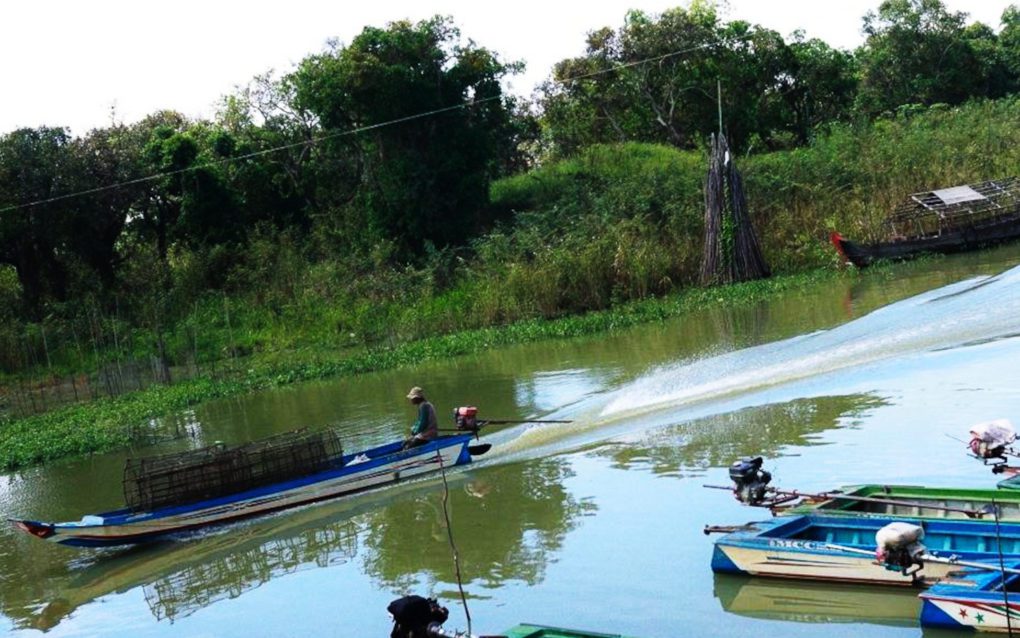
Try Sohun, another fisher in the commune, said despite getting some rain this year, water levels have failed to rise. Lam Chamrong said his family would catch up to 50 kg of fish a day but now make do with no more than 10 kg, earning around $5 to $10 for the catch.
These changes have made it hard to earn a living, with some villagers saying they do not know how else to feed their families.
“We also want to change the way we earn a living, but we do not know what to do because I do not know how to do construction or other jobs like other people,” Chamrong said.
The Kampong Phluk commune chief, Sok Plang, attests to the changes he has seen in the area. People have been leaving the community to find work elsewhere, he said.
“In the past, there were two or three people who did fishing in my own home. But, now I am the only one who fishes, while other [villagers] want to find other jobs such as being a construction worker,” the commune chief said.
While environmentalists point to rising deforestation, loss of flooded forests and restricted water flow from upstream dams, Cambodian officials will only acknowledge the effects of climate change on the Tonle Sap ecosystem.
The Ministry of Water Resources and Meteorology reported in April that while the rainy season would start in May, heavy rains might hit some parts of the country only later in the monsoon season.
Oum Rina, director of the department of meteorology, said the rainfall was expected to be uneven and attributed the scant rainfall to climate change.
“In fact, it is related to climate change, which is not just in our country,” he said, adding that at the same time some parts of the country were facing flooding from excessive rain.
Mao Hak, deputy secretary-general of the Tonle Sap Authority, was more optimistic and said that rainfall was increasing and that the Tonle Sap’s water levels would rise.
He said, “Every day, the rain has gradually started to fall. This year is better than last year. So, this year’s water level is slightly higher than last year’s compared to the same period.”
Back at the lake, Huot hopes that water levels will rise or else he would have to shift to rice farming to make a living. He said the authorities could start by protecting flooded forests which would help alleviate the issue.
“Please help to dig the water system to prevent the people from encroaching and clearing the flooded forest to cultivate rice fields. And deploy officers to guard and protect the flooded forest conservation area, because the flooded forest is an important habitat for fish,” he said.


